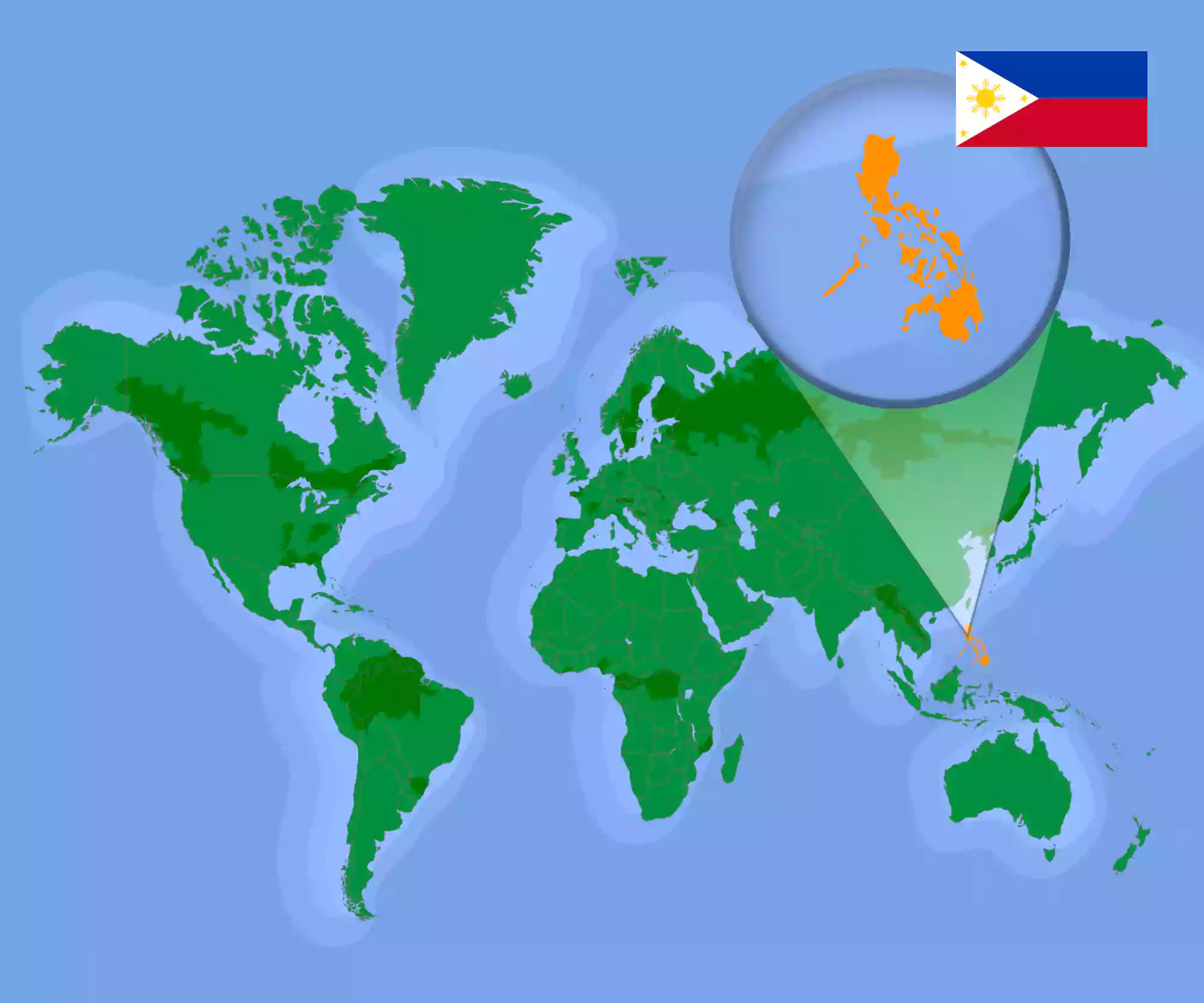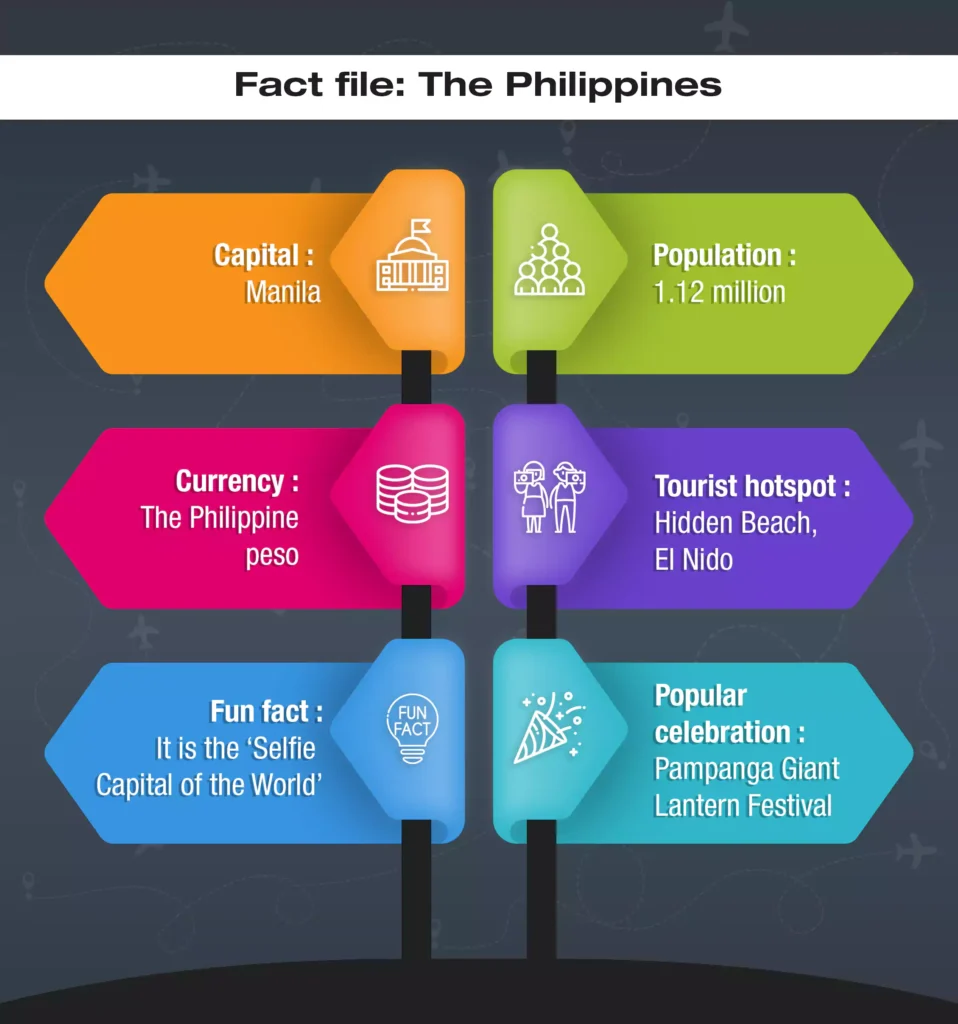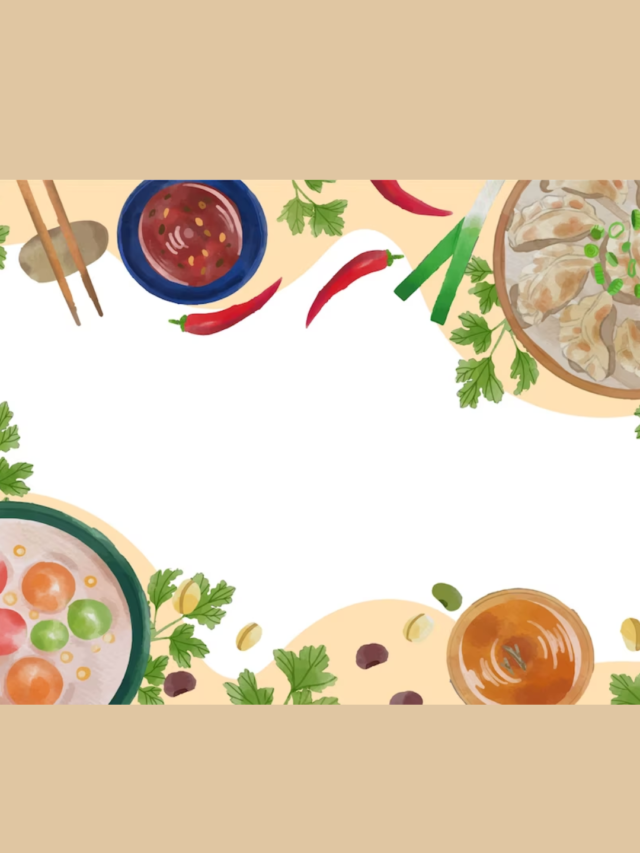
If someone asked you how many countries there are in the world, would you be able to answer in an instant? What if they went on to quiz you on some eccentricities of a particular country? Sure, you may survive if the questions are about well-known superpowers like the US, Australia, or Russia. But what about the lesser-known countries? The ones that are almost indiscernible on a pocket-sized globe? Around the World is a series that hopes to help you get to know a few things about other countries that you might not have known before. These almost certainly will be the perspectives of an outsider looking in. Still, we hope that through this series, you can get a glimpse of the globe and some of the interesting ways human beings choose to live their lives. We begin with the Republic of the Philippines. Ready to explore?
The recently concluded presidential election has put the Philippines in the news lately. It made me realise how little I know about the beautiful nation. To begin, let’s learn about the landscape of the Philippines.
The Filipino lay of the land
The Philippines is an archipelago, which is a collection of islands. In this case, 7,641 islands as of 2022! The terrain is mainly hilly and lends itself to the terrace farming of rice. These terraces don’t just serve as the country’s food bowl; they also add to the tourism revenue and employment rate. Moreover, they are the ultimate symbol of Filipino heritage.
Don’t let the poetic beauty of these green covers fool you; this country of islands is not all that quiet. The Philippines is home to more than 75 volcanoes. And 53 of them are still active! Not only that, its geographical location makes the Philippines prone to a slew of natural disasters. Typhoons, floods, and earthquakes are only a few of them.
A brief historical recap of the Philippines
Knowing a little about its history is essential in understanding and appreciating the Filipino culture. It includes influences from two main colonial powers—Spain and America. Having been enslaved under two cultures far removed from its own, Filipino culture today is a curious blend of them all.
Let’s start chronologically with the Spanish influence. Portuguese explorer Ferdinand Magellan, who arrived in 1521, paved the way for colonisation here. However, it wasn’t until nearly 400 years later that the Philippines saw the last of its Spanish rule. While this was a moment of liberation for the Filipino people, in came a new ruler. Cue American colonisation. Only after another 48 years under a different foreign regime did the Philippines claim complete freedom.
Following scores of revolts, Filipinos formed their first independent government in 1946. Today, Filipino culture bears many markers of this history. The name of the country, for example, came from King Philip II—the 16th-century ruler of Spain. Further, Spanish influence can also be seen in Filipino music, dancing, and cuisine.
Modern-day culture of the islands
The cultural quotient of these islands is a subtotal of all that you have read so far. Its location on the earth and its unique history shape the Filipino way of living.
- The spoken word: Home to various ethnic groups, more than 180 languages are spoken in the nation, although the two official languages are English and Filipino. The latter is a standardised version of Tagalog. It is used mainly in Metro Manila, the busiest part of the country.
- Getting around: One of the primary modes of transportation in the Philippines is the “jeepney”. Jeepneys are brightly coloured and wonderfully designed long vehicles that often carry far more people than they were designed to move. These jeepneys aren’t clever creations of the islands; they are repurposed military transport vehicles that were left behind by the US army after their departure.
- The sports arena: It’s all about the dunking and the punching around here. Filipinos follow basketball and boxing religiously, and these form the upper entertainment genres of the Philippines. How religiously, you ask? In 2015, during the seven hours of the fight between Manny Pacquiao (one of the boxing greats from the Philippines) and Floyd Mayweather, the crime rate in Metro Manila (containing nearly 13 million citizens) dropped to 0%.
- Other interests: This country has two other obsessions—beauty pageants and the internet. The Philippines has recorded 15 victories in global beauty pageants, including four Miss Universe crowns. It is also the country whose citizens spend the most time online. It has even acquired the nickname the “text capital of the world” due to the sheer volume of daily text messages that zip between its population.

The Filipino food trail
The cuisine of the islands was born mainly from its Spanish rule. The abundance of rice in the Philippines helped the country adapt and embrace the Spanish paella, among other rice-based dishes. Slow-cooked meat recipes (a Spanish tradition) flood Filipino cookbooks, usually involving chicken and pork.
This is, of course, not to say that a native cuisine does not exist. As an island nation, the abundance of seafood and tropical fruits finds its way into the average Filipino diet. Kinilaw, a raw fish salad cured with palm coconut vinegar and spices, is especially popular here.
Last but not least, balut is the beloved street food of the people. Fertilised duck eggs are boiled and eaten in the shell, including a rather prominent foetus. The description itself will tell you this is an acquired taste, so we’ll leave it at that.
Popular professional pursuits of the Philippines
Millions of Filipinos choose to travel overseas to find work. Most migrate to Saudi Arabia, the UAE, Hong Kong, and the US for employment opportunities. As the wages offered overseas tend to be far higher, the promise of creating a better life for one’s family draws millions to this option.
Filipinos consider sending money back home while working in a foreign country as an act of nationalism. In fact, this is a crucial revenue source for the Filipino economy. In 2021, remittances accepted by local families from relatives abroad accounted for US$35 billion, making manual labour the second largest export of the Philippines. Nonetheless, this cannot be a viable development plan for a nation when its best minds continuously leave to work in other countries.
The Philippines is a fascinating country—as diverse and complex as they come. This country, blessed with natural beauty and persuaded powerfully by a colonial past, has a distinct impression on the world. Yet, even as a newly industrialised country, it still retains value for simpler and more nuanced aspects of life such as family, karaoke, and community.



